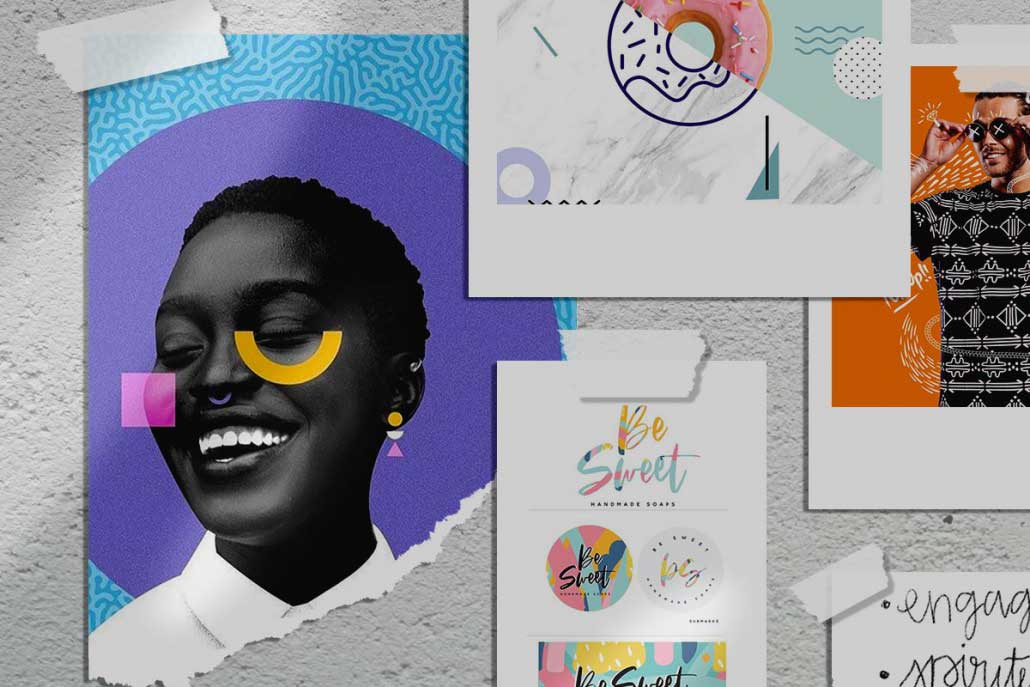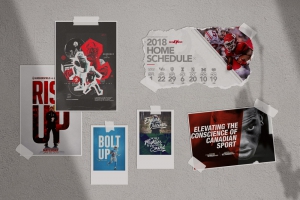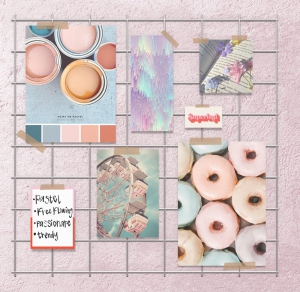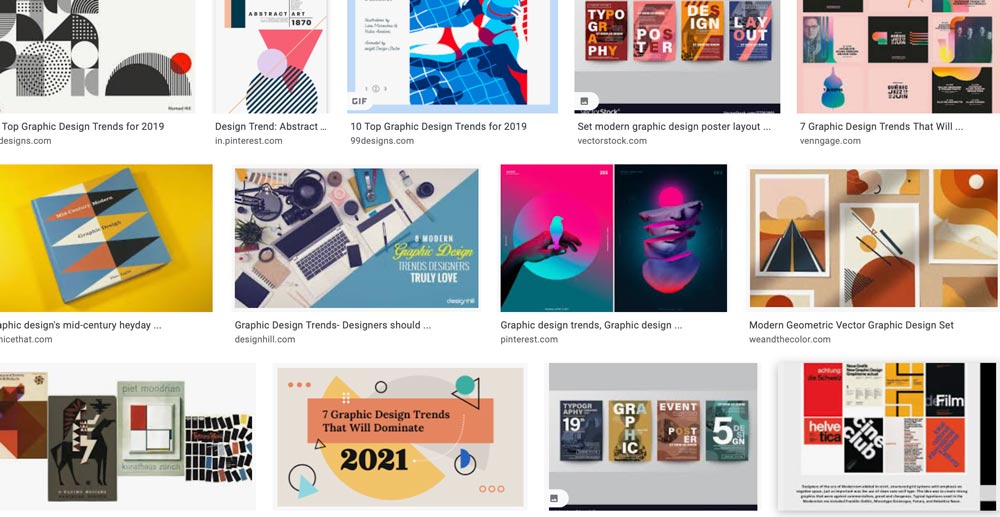Getting Moody with Mood Boards
Mood boards are typically collages made up of images, materials, colors, and maybe even text. When these design elements are put together, the resulting board serves as a representation of the look and feel the designer will aim for in the final design. Here are three examples.
Creating a mood board is a terrific way to help gather your thoughts and home in on what you want to accomplish in the design. Mood boards can also be a useful communication tool to help present your vision to others.
Before a creative piece can come to life, the designer must have some idea of what the client has in mind. In the concepting phase, designers seek out pieces to provide inspiration and act as a jumping off point for the design.
We designers often ask for inspiration from the client, a step that is sometimes difficult because they may not know how they want the piece to look. “That’s the designer’s job, right?” However, more often than not, the client does know what they want the piece to convey, so get them talking and jot down those descriptive or “mood” words.
Go to Google Images, Pinterest, or your favorite place to find inspiration. Using the descriptive or “mood” words you got from the client, search for “[mood word] graphic design.” For the example below, I searched for “modern graphic design.” The number of creative results returned will amaze you.
Collect images and other design elements from your searches that convey the mood of the creative piece you’re shooting for, and there you have the makings of a mood board. The mood board can help you communicate your intended creative direction, and the final piece will be informed by the mood board’s inspirational images.









